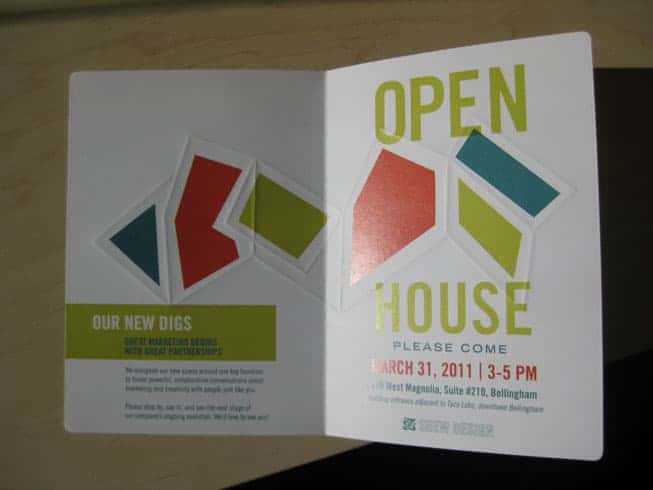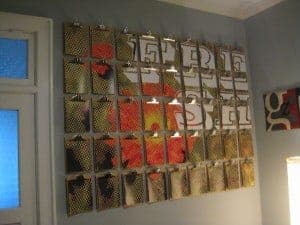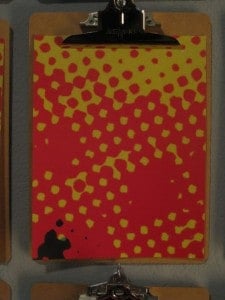Thinking about where I invest my time and energy, I look at other artists and see what I can learn from the decisions they’ve made. Without a doubt, the best creative people I know are people who have made a life choice of doggedly exploring new ways of working and thinking about their craft – whatever it happens to be. As I embark on middle age I see the need to safeguard myself from complacency in the form of relying on doing the same thing over and over. The work we produce will be a public testament of our success in achieving this goal.
By and large, most experiments don’t work… at least not initially, so the cost of experimentation is coming to terms with failing. A lot. In terms of our professional work, exposing our clients to ongoing experiments would be bad marketing for them and us and is obviously unacceptable. Therefore, we’re obliged to roll up our sleeves and – like any self-respecting mad scientist – take the syringe of our dubious speculations and plunge it deep into our own skin, making our own company the unfortunate subject of our own investigations.
And, honestly, it’s totally fun. Here are two recent experimental projects we’ve completed here at our Shew Design office.
both sides, now
As you may know, letterpress printing takes a three-dimensional plate, covers it in ink, and presses it deeply into the paper, creating an impression that is very similar to debossing. Where one side of the paper has a nice crisp impression, the other appears unsatisfyingly hazy and imprecise, “blurry” to the touch. People using this medium often design around this outcome, treating the back side as something to ignore by not putting any information on top of it.

In thinking about the invitation to our open house we gave ourselves the task of designing for the ugly side of impression. We tested the concept using plates we already had, combining it with laser printing, and creating a design that played to the idea of seeing the same thing from two points of view.

The results? Partial success. I had reservations about the design but the feedback we received from people we showed it to early on was very positive. Ultimately, I would agree with the bulk of letterpress printers out there who simply design around the backside. However, given the right project, this approach could still work out quite well.
tablet technology v0.1
We wanted to explore options for creating our own customizable oversize graphics in the office, but we wanted to avoid spending hundreds of dollars each time we wanted to swap them out. A matrix of clipboards (45 in all) provided a perfect solution, making it possible to produce signage on our own laser printer. Swapping one “sign” for another takes a few minutes.

The results? Very successful. The clipboards are the first thing you see when you enter the office, so it will be nice using it to set a scene for events or special meetings. In addition, learning what designs translate well into this format will give us a new insight into anticipating how things look on screen vs. how they appear in reality. In terms of our own company’s marketing, I like how the display communicates how our company’s sense of innovation and adaptability play into the work we produce. The virtues of experimentation at work.
-

closeup of one clipboard